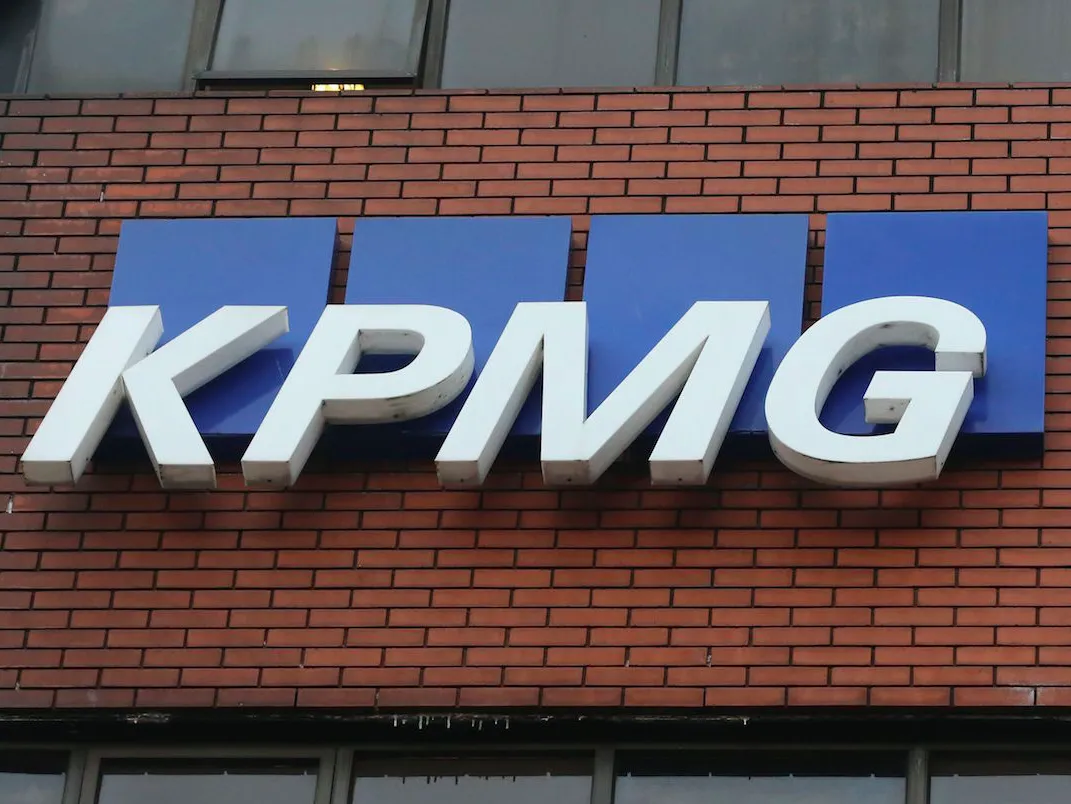Business
Post-Brexit Regulation Challenges for UK Financial Services in EU Hubs

Introduction
Nearly five years after the United Kingdom officially left the European Union, the financial services industry continues to navigate the complexities of a post-Brexit regulatory environment. Once unified under the EU’s single market, British financial institutions must now operate across a fragmented landscape of national regulations and divergent compliance frameworks. While London remains a global financial powerhouse, its firms face significant challenges in maintaining market access and operational efficiency within the European Union’s evolving regulatory regime.
The transition from passporting rights to a third-country equivalence model has created a new set of hurdles. Firms that once seamlessly served clients across the continent are now subject to additional oversight, local licensing requirements, and reporting obligations. As the EU strengthens its own financial centers in Paris, Frankfurt, Dublin, and Amsterdam, UK institutions are adapting through restructuring, subsidiary expansion, and strategic partnerships.
Loss of Passporting and the Equivalence Gap
Before Brexit, UK-based financial firms benefited from passporting rights, which allowed them to provide services throughout the EU without the need for separate national licenses. The loss of these rights has been one of the most significant structural shifts in the post-Brexit financial landscape. In their place, the EU has offered an equivalence framework, granting limited access to non-EU firms if their domestic regulations are deemed comparable to EU standards.
However, equivalence is not a full substitute for passporting. It is narrow in scope, covers only specific financial activities, and can be withdrawn by the EU with little notice. As of 2025, the UK has equivalence in only a handful of areas, such as central clearing and derivatives trading. This limited recognition has forced many firms to relocate parts of their operations or establish new entities within EU jurisdictions.
The uncertainty surrounding equivalence decisions has also created strategic challenges. Without long-term assurances, firms are hesitant to invest heavily in cross-border operations. Many institutions now adopt dual-regulation strategies, maintaining parallel compliance frameworks for both UK and EU markets to minimize disruption.
Shifts in Financial Activity to EU Hubs
In the years since Brexit, several EU cities have emerged as alternative financial hubs. Frankfurt has attracted a growing share of banking operations, particularly in wholesale and investment banking. Paris has become a center for asset management and insurance, while Dublin and Luxembourg have gained prominence in fund administration and fintech services. Amsterdam, meanwhile, has seen significant growth in equities trading and clearing activities.
The migration of financial activity is not merely symbolic. Thousands of high-value jobs and billions in assets have been transferred from London-based entities to subsidiaries across the EU. While London continues to dominate in global foreign exchange and derivatives trading, the fragmentation of operations has introduced higher compliance costs and reduced economies of scale.
This dispersion of activity has also intensified competition among EU regulators. Each jurisdiction seeks to attract investment while ensuring that relocated firms adhere to strict governance and capital requirements. For UK firms, the result is a complex patchwork of local supervisory expectations that require tailored approaches to risk management and reporting.
Regulatory Divergence and Compliance Costs
One of the most pressing challenges for the financial services industry is regulatory divergence between the UK and the EU. Since leaving the bloc, the UK has pursued selective reforms aimed at enhancing its competitiveness. Initiatives under the “Edinburgh Reforms” and the “Financial Services and Markets Act” are designed to streamline rules and encourage innovation, particularly in areas such as fintech, green finance, and digital assets.
While these reforms aim to strengthen London’s attractiveness as a global center, they also risk widening the gap between UK and EU regulations. Divergence creates complications for firms that must comply with both sets of standards. The duplication of reporting systems, audit requirements, and supervisory interactions adds substantial operational burdens.
For example, derivatives trading now often requires separate clearing arrangements to satisfy both UK and EU mandates. Asset managers must navigate differing disclosure and sustainability rules under the UK’s Financial Conduct Authority and the EU’s Sustainable Finance Disclosure Regulation. These overlapping frameworks increase compliance costs and require expanded legal and regulatory teams.
Impact on Market Competitiveness
Despite the challenges, London has retained much of its global financial influence. Its deep capital markets, liquidity, and concentration of expertise continue to attract international investors. However, the fragmentation of European financial activity has weakened the UK’s ability to act as a single gateway to the continent.
Some analysts warn that without closer regulatory cooperation, the UK could face gradual erosion of its dominance in certain sectors. EU policymakers, for their part, have expressed ambitions to strengthen the bloc’s “strategic autonomy” by promoting more domestic financial intermediation. This includes efforts to deepen the Capital Markets Union, harmonize supervision, and encourage the use of the euro in cross-border finance.
Nonetheless, the UK has capitalized on its flexibility outside the EU to adapt quickly to emerging sectors. It has positioned itself as a leader in fintech regulation, green bonds, and digital finance. The country’s regulatory agility allows it to test innovative models faster than its continental peers, though it must balance innovation with the need to maintain access to EU markets.
Strategic Adaptations by Firms
UK-based financial institutions have responded to post-Brexit realities through a variety of strategies. Many have established or expanded EU subsidiaries to maintain client relationships and mitigate regulatory barriers. Others have formed partnerships with local institutions to share infrastructure and compliance resources.
Some firms are also leveraging technology to streamline cross-border operations. The rise of digital compliance platforms and data analytics tools has helped reduce the administrative burden of managing multi-jurisdictional regulations. Meanwhile, financial trade associations are working closely with regulators to promote mutual recognition and reduce regulatory friction.
There is also growing emphasis on regional diversification. Firms are expanding into markets beyond the EU, including North America, the Middle East, and Asia-Pacific. This strategy not only offsets the loss of EU business but also aligns with the UK government’s push to position London as a global rather than purely European financial center.
Conclusion
The post-Brexit regulatory landscape has reshaped the operational and strategic foundations of the UK’s financial services industry. The loss of passporting rights, limited equivalence arrangements, and regulatory divergence have increased complexity and costs for firms operating across the UK-EU divide.
Yet, amid these challenges, the sector continues to demonstrate resilience and adaptability. London’s strength in capital markets, fintech, and innovation ensures that it remains one of the world’s leading financial hubs. However, sustaining this position will require pragmatic cooperation with European regulators, continued investment in regulatory technology, and a clear long-term policy vision that balances competitiveness with stability.
As the UK and EU financial systems evolve separately, the key question will be whether they can maintain enough alignment to preserve mutual access and efficiency. The answer will determine not only the future of London’s financial dominance but also the shape of Europe’s broader financial architecture in the years ahead.
















